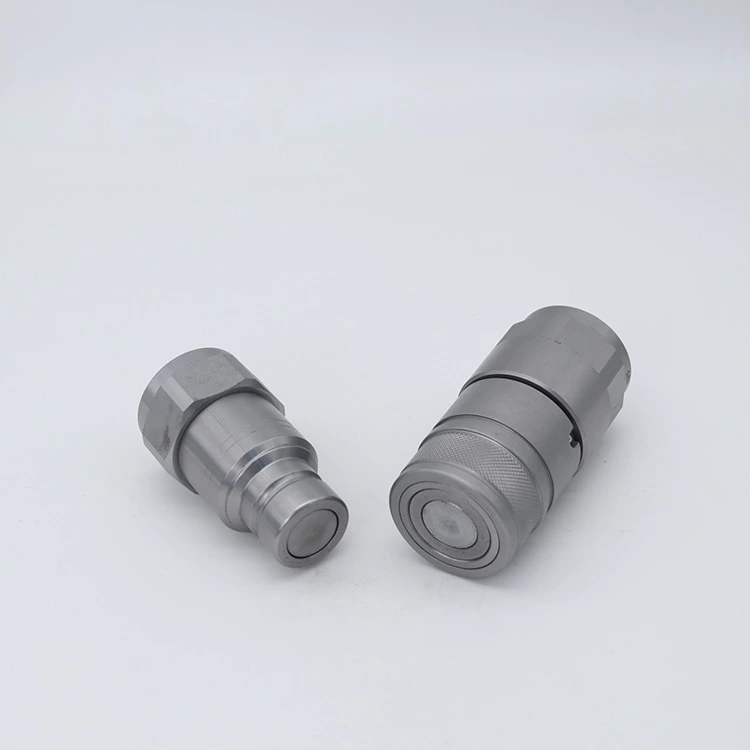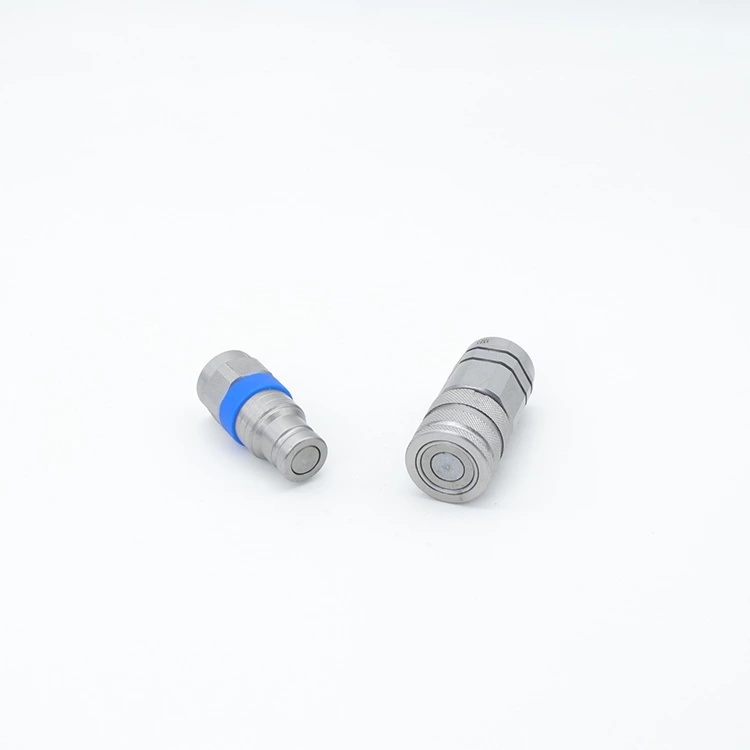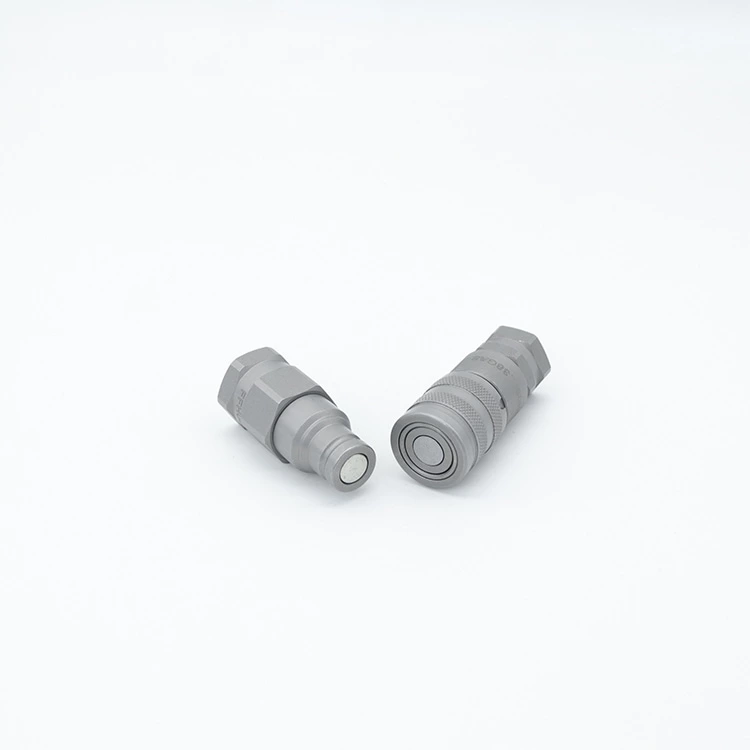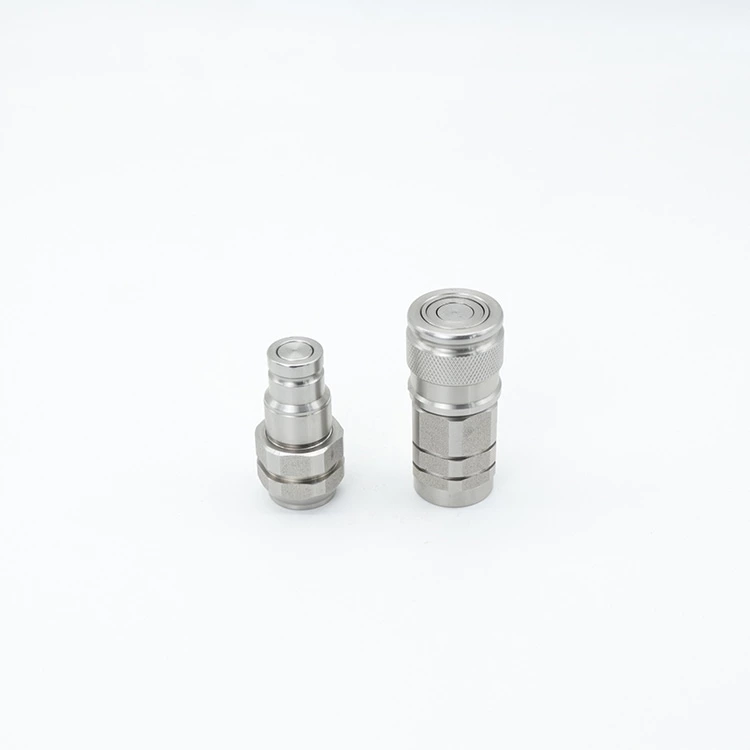Hydraulic Quick Couplings Usher in a New Era of Efficient Operation for Construction Machinery
In the field of construction machinery, hydraulic systems are central to ensuring the efficient operation of equipment, and hydraulic quick couplings, as a critical connecting component, are gradually revolutionizing connection methods. Traditional hydraulic systems often suffer from cumbersome procedures during attachment changes or maintenance, leading to project delays. The application of quick coupling technology has significantly enhanced both operational efficiency and safety.

Modern construction machinery, such as excavators, loaders, and concrete mixers, increasingly adopts hydraulic quick couplings to achieve modular designs. This modular approach not only provides greater functional flexibility but also facilitates rapid adjustments of equipment configurations for varying project requirements. The standardized design of hydraulic couplings allows seamless connection of diverse attachments across different machines, enhancing interoperability while reducing technical challenges in production and maintenance.
Moreover, construction projects frequently operate under harsh environmental conditions, demanding exceptional durability and stability from the equipment. Thanks to their excellent high-pressure adaptability, sealing performance, and dust- and water-resistant design, hydraulic quick couplings can operate reliably under dusty, humid, and high-load conditions. Additionally, the safety release mechanisms and self-locking features inherent in these couplings significantly reduce the risk of accidents in high-pressure environments, ensuring the safety of construction personnel.
Looking forward, as construction machinery advances toward greater intelligence and sustainability, hydraulic quick coupling technology will continue to evolve. The next generation of couplings may integrate advanced smart monitoring systems, enabling real-time feedback on connection status, pressure variations, and wear. This evolution will provide more precise and efficient operational support for construction machinery, ushering in a new era of high-efficiency operation in the construction industry.





